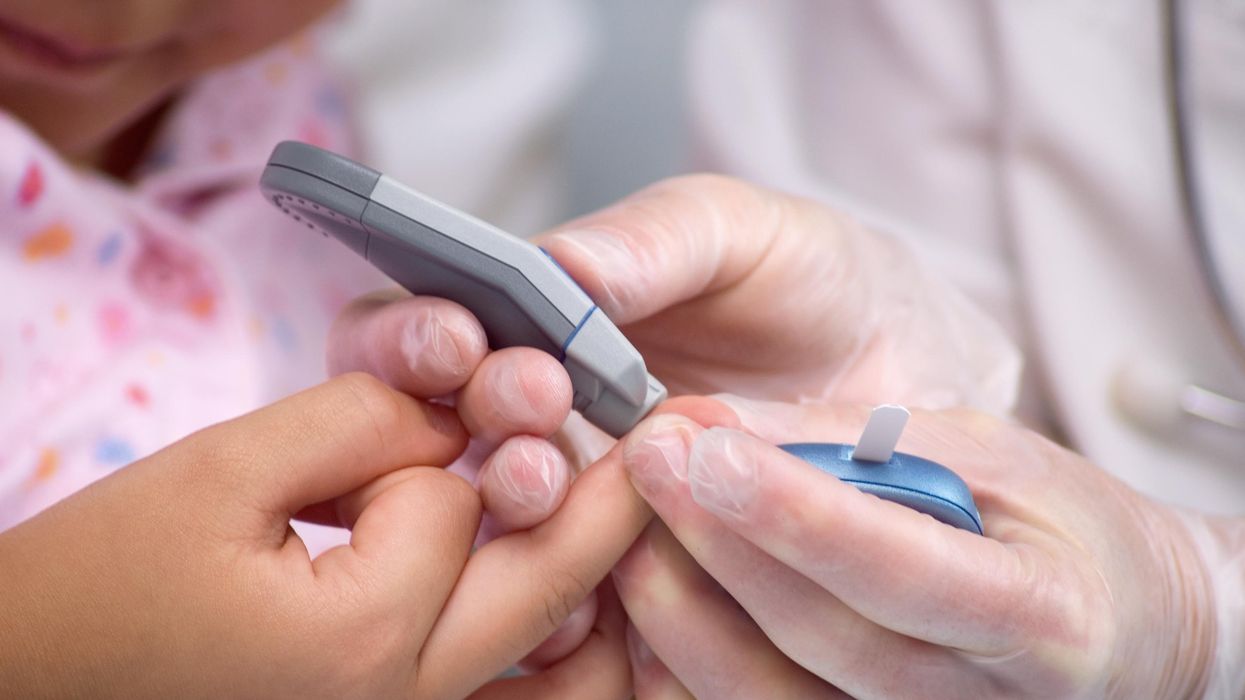
Anetta_R/Getty Images

New research from Johns Hopkins University published in the Journal of Pediatrics supports what many parents had already suspected: The COVID lockdowns wreaked havoc on America's youth.
New diagnoses of type 2 diabetes among children during the COVID year nearly doubled the average number of diagnoses in the two years prior. While 825 young people were diagnosed with T2D each year between March 2018 and February 2020, there were an alarming 1,463 new T2D diagnoses in young people between March 1, 2020, and February 28, 2021, an increase of 77%.
The reason, researchers say, is rather obvious.
"During the COVID-19 lockdown, children were removed from normal day-to-day routines like going to school, playing sports, and other hobbies," said Sheela N. Magge, the director of the Division of Pediatric Endocrinology and an associate professor of pediatrics at the Johns Hopkins University School of Medicine. "Not only were they less physically active, they were confined to their homes and spent a lot more time watching TV, playing video games, or with other electronic devices."
The authors of the study examined the data of more than 3,000 patients between the ages of 8 and 21 during the COVID year. Each of the patients was at least in the 85 percentile for BMI, the threshold to be considered clinically overweight. Some, though very few, also had COVID.
Though the cause for the spike in T2D may have been obvious, there were several outcomes of the study which surprised scientists. For example, 55% of new T2D cases occurred in boys, even though girls are usually diagnosed at higher rates. Incidence of new T2D cases among black and Hispanic youth also doubled, while cases for white children fell.
According to The Hill, black people in general are much more likely to have a limb amputated as a result of diabetes, and they are twice as likely to die from the disease than their white counterparts. It is unclear whether the disparity is the result of genetics or environmental factors, but research indicates that socio-economic status plays a role.
"Youth with type 2 diabetes are known to be exposed to significant environmental stressors, as evidenced by a high proportion coming from single-caregiver and low-income households, with low parental education attainment," the study says.
The authors of the study hope that these latest findings will warn parents to monitor their children's weight and activity levels and to report any significant changes to a doctor as soon as possible.
"We need to make sure we are identifying patients early so we can intervene with treatment and prevent complications," said Risa Wolf, a pediatric endocrinologist who co-authored the paper.